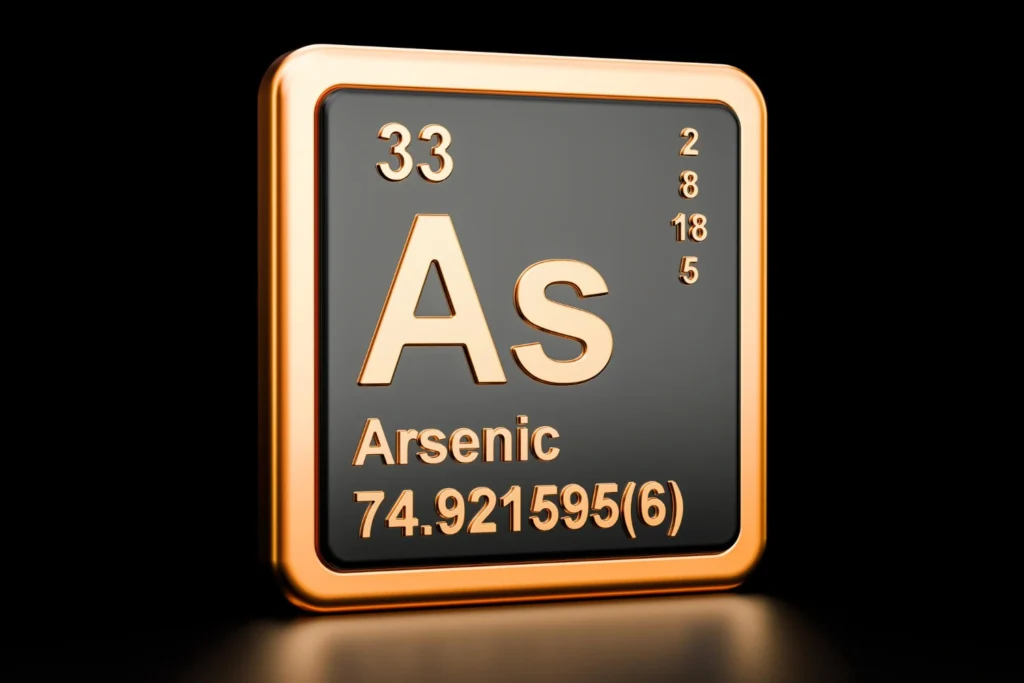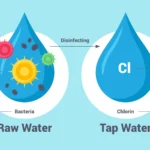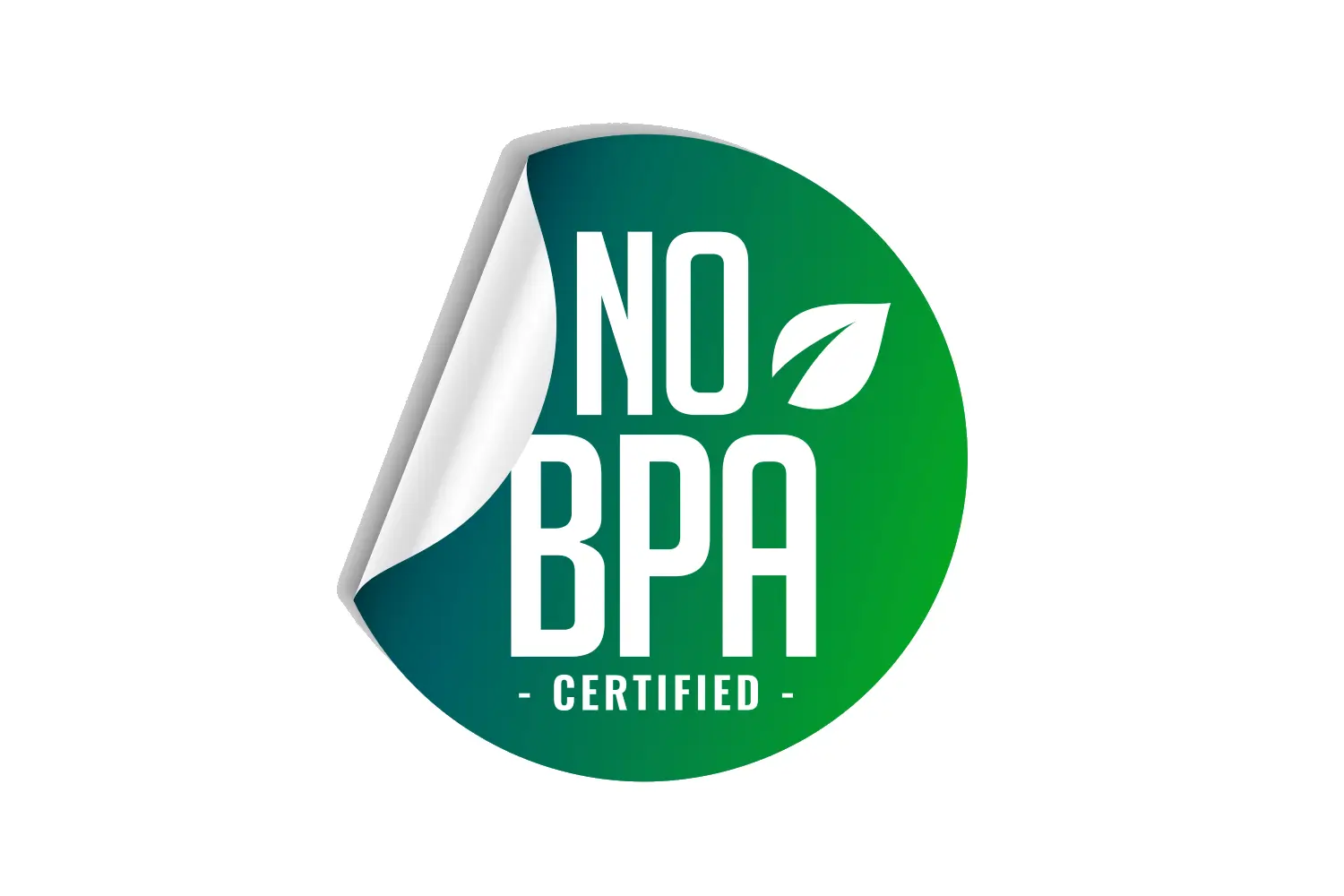Arsenic is an element commonly found in nature and denoted by the chemical symbol “As”. Its metalloid properties and its presence in both organic and inorganic forms make arsenic an important substance both industrially and environmentally. Inorganic arsenic compounds pose a particular risk to human health and show serious toxic effects in long-term exposures. Arsenic can be found in many areas such as alloying metals, use in glass and electronics production and in some pesticides.
Arsenic in water is formed as a result of the mixing of this element into water by natural sources or human-induced effects. Arsenic from groundwater, industrial wastes and mineral deposits creates health risks, especially by accumulating in drinking water. Arsenic in water is usually found in inorganic form and is more dangerous for the body than organic arsenic compounds. Therefore, arsenic and arsenic in water are among the issues that should be carefully monitored both in terms of environment and health.

What is Arsenic?
Arsenic is found in various forms both in nature and as a result of human activities. The answer to the question “What is arsenic?” can explain the chemical properties of the element. While organic arsenic compounds are generally less toxic, inorganic arsenic compounds pose serious risks to human health.
Arsenic is widely used in the production of metal alloys, glass and ceramic industry, electronic devices and some pesticides. In natural resources, it can be found in rocks, soil and mineral deposits. Therefore, there is a possibility of environmental exposure. Arsenic shows toxic effects when it enters the body in high doses and may cause organ damage in long-term exposure.
What is Arsenic in Water?
Arsenic in water is formed as a result of the mixing of arsenic compounds from groundwater, natural sources or industrial activities into water. The question “What is arsenic in water?” indicates that water contains arsenic through measurement results. Water contains mostly inorganic arsenic, and this form is more dangerous than organic arsenic compounds.
When arsenic levels in drinking water are high, even everyday uses of water, such as preparing meals, making tea or coffee, increase health risks. Arsenic in water can have adverse effects on the kidney, liver and nervous system in long-term exposures and may increase the risk of cancer. It is therefore vital that water supplies are regularly tested for arsenic and that necessary treatment methods are applied.
What is Arsenic in Rice?
Since rice is a wetland cereal, it is directly affected by arsenic accumulation in soil and water. Arsenic in rice is mostly in inorganic form and this form carries a higher risk for human health. Regular consumption of rice with high arsenic content can lead to developmental problems, especially in pregnant women and children.
In addition, arsenic accumulation can also be seen in flour, semolina and rice-based snacks obtained from rice. For this reason, preferring low arsenic-containing varieties in rice consumption and applying the correct cooking methods significantly reduces arsenic exposure.
What is Heavy Arsenic?
Heavy arsenic refers to the form of arsenic that has a high toxic effect and has the ability to accumulate in the body. Long-term exposure causes permanent damage to the kidneys, liver and nervous system. Heavy arsenic is particularly prevalent in areas where groundwater is rich in arsenic and can enter the body through drinking water. Therefore, regular inspection of water sources and implementation of appropriate treatment methods play a critical role in preventing heavy arsenic exposure.
Where is Arsenic Found?
Arsenic is an element commonly found in nature and manifests itself in various sources. It occurs naturally in soil, rocks and mineral deposits. For this reason, groundwater in some regions may be rich in arsenic. Arsenic minerals can accumulate in drinking water by mixing with water and can be detected at higher levels, especially in well water.
Industrial and agricultural activities can also increase arsenic accumulation. The presence of arsenic in pesticides, wood preservatives and some chemical products leads to its transfer into the environment and thus into food and water supplies. Foodstuffs can also be risky in terms of arsenic. Especially rice, seafood and some cereals accumulate arsenic from the soil and water in which they grow.
Arsenic can also be found in the air through dust and particles emitted from industrial activities. These particles settle in soil and water resources over time, increasing the accumulation of arsenic in the environment.
What are Arsenic Hazards?
Arsenic is a toxic element that can cause serious health problems in long-term exposure. Due to its ability to accumulate in the body, its effects occur over time and adversely affect different organ systems. Arsenic exposure can cause both chronic and acute health problems. The main harms of arsenic exposure are as follows:
- Skin problems: Pigmentation changes, skin spots and lesions occur.
- Respiratory system effects: Irritation, chronic cough and shortness of breath may develop.
- Liver and kidney function: Long-term arsenic exposure may impair organ function and produce toxic effects.
- Cancer risk: Increased chance of developing skin, lung and bladder cancer.
- Nervous system effects: Headache, fatigue, impaired balance and nervous system damage may occur.
- Cardiovascular problems: Increased risk of high blood pressure and cardiovascular diseases.
- Developmental effects: Risks of developmental problems and growth retardation arise for pregnant women and children.
Arsenic accumulates in the body and affects many organs and systems, especially in long-term exposures. It has adverse effects on the skin, respiratory, liver, kidney, nervous and cardiovascular systems and increases the risk of cancer. Therefore, it is vital to protect against arsenic exposure and to keep the consumption of arsenic-containing water and food under control.
How to Clean Arsenic in Drinking Water?
Since arsenic in drinking water poses serious health risks, it should be removed from water by effective treatment methods. One of the most widely used systems for this purpose is reverse osmosis (RO) filters. RO systems remove 95% to 99% of arsenic and other heavy metals from water while allowing the passage of water molecules and provide safe drinking water.
Activated alumina filters also significantly reduce arsenic levels in water by chemically binding arsenic ions. Iron filters help prevent arsenic accumulation by allowing iron added to the water to react with arsenic and precipitate. Carbon filters, often used as pre-treatment, contribute to the reduction of arsenic and other chemical impurities and improve the taste of water. Sediment filters, on the other hand, filter sediment and particles in the water, prevent arsenic accumulation areas and enable filtration systems to work more effectively.
All these filtration methods, when supported by regular maintenance and filter changes, keep arsenic levels in drinking water within safe limits and significantly reduce the risk of arsenic exposure.
Why is Arsenic in Drinking Water Dangerous?
Arsenic in drinking water, when consumed regularly, accumulates in the body and causes serious health problems. The use of a water purifier reduces arsenic levels to safe limits and reduces cancer, kidney disease and cardiovascular risks in the long term. Especially reverse osmosis and activated alumina systems are recommended as the most effective solutions for arsenic removal.
How to Recognise Arsenic in Water?
The presence of arsenic in water is determined by laboratory tests or household arsenic test kits. Precipitate formation, colour change or colour indicator of chemical test kits are used to determine the arsenic level. Arsenic concentration can also be monitored by regular analyses.

 TR
TR
 Blog
Blog 






























